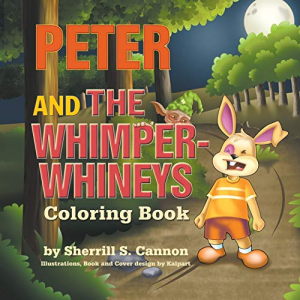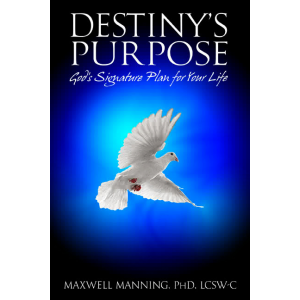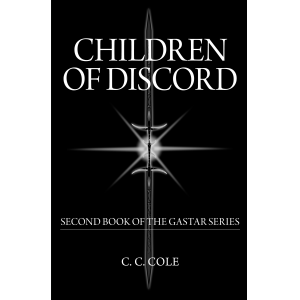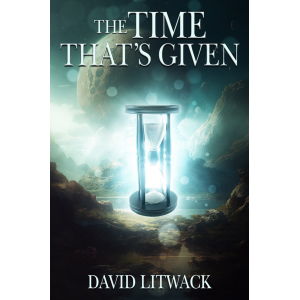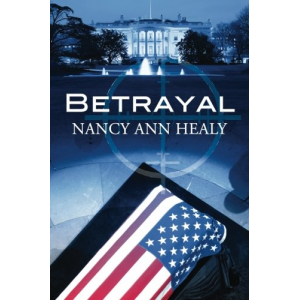- Author
- Book
- Story behind the book
- Media Links
- Reviews
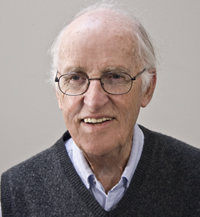
Clyde Nehrenz
About
I am a retired residential/commercial painting contractor. Twenty years ago we moved from a busy city to the middle of a cornfield in a sparsely settled rural township and love it. Professional sports bore me, and no wonder; none of my (former) hometown teams – baseball, football, or basketball – has won a national championship since 1964. I’d rather read a book.
The only subjects that interest me are those you're not supposed to talk about in public: religion and politics. That leaves weather.
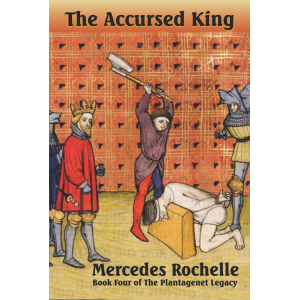
The Accursed King
Description
<p><span style="color:rgb(15,17,17);font-family:'Amazon Ember', Arial, sans-serif;font-size:14px;">What happens when a king loses his prowess? The day Henry IV could finally declare he had vanquished his enemies, he threw it all away with an infamous deed. No English king had executed an archbishop before. And divine judgment was quick to follow. Many thought he was struck with leprosy—God's greatest punishment for sinners. From that point on, Henry's health was cursed and he fought doggedly on as his body continued to betray him—reducing this once great warrior to an invalid. Fortunately for England, his heir was ready and eager to take over. But Henry wasn't willing to relinquish what he had worked so hard to preserve. No one was going to take away his royal prerogative—not even Prince Hal. But Henry didn't count on Hal's dauntless nature, which threatened to tear the royal family apart.</span></p>
Story Behind The Book
Summaries of novels can be found in multiple volume sets in most public libraries in the U.S. and in a confusing array of formats on the internet. Many high school and college libraries have study guides available that provide brief synopsis of novels modern and classic. And at colleges and universities, papers are available written by scholars adept at analyzing and critiquing novels and their authors. None of these sources, however, as far as I can determine, treat classic novels of the late 18th century through the early 20th century as they are treated in Fifty Classic Novel Summaries. It stands alone. It is my hope that the summaries will encourage readers to learn to love reading classic literature. A companion volume to Fifty Classic Novel Summaries is planned, which will feature fifty additional summaries.
